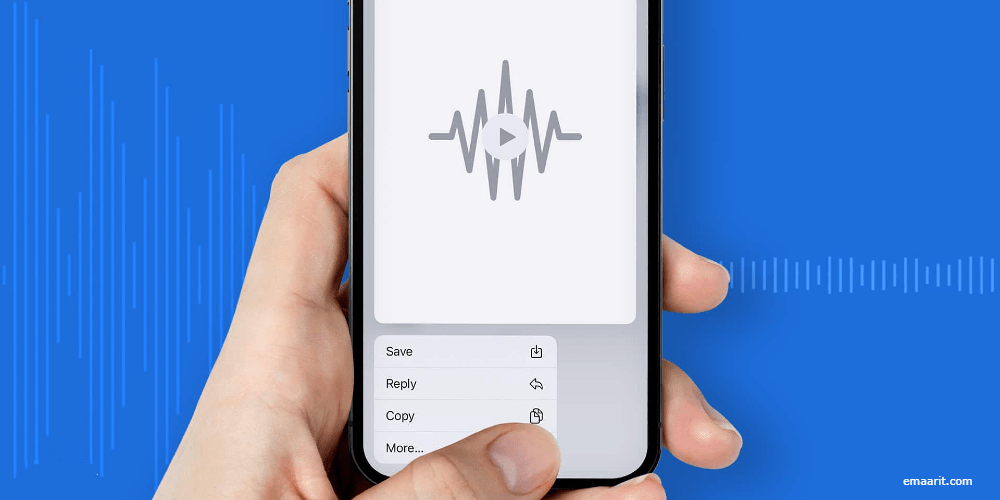A Deep Dive into iOS 17's Intriguing Audio Message Transcription feature
- Oct-10-2023
- 1343

On September 18, Apple rolled out its most recent software update, iOS 17, which includes various dynamic and practical functionalities for iPhones. One of the bombshell features brought along is the transcription of audio messages, also referred to as voice notes, within the Messages app. This article offers a detailed insight into this highlighted feature and its performance.
Tracing the Growth of Audio Messages
Audio messages, a feature that made its debut back in 2014 through iOS 8, encompasses compact sound recordings that users can share with their contacts through the Messages application. With time, it has grown into a preferred form of communication, known for its expressiveness and time efficiency. As reported by a recent Vox survey conducted by YouGov, about 62% of the American populace has utilized audio messages, whereas nearly 30% use this facility on a weekly basis. The trend notably spikes amongst the 18-29 age group, with 43% sending audio messages at least once a week.
However, despite the ease, audio messages come with drawbacks. It usually requires the listener to be in a calm environment or have headphones to avoid causing noise disturbances. The iOS 17 update seeks to mitigate this hurdle, introducing a novel transcription feature.
An Introduction to the Transcription Facility
Post the iOS 17 update, the transcription tool is immediately activated. Every time an audio message is dispatched, a corresponding transcript seamlessly appears beneath the audio waves in the Messages application. It offers a solution for those times when the conditions aren't favorable for audio playback or when users wish to glance at the content swiftly.
A Look Into the Feature's Proficiency
An evaluation of the tool's accuracy and dependability was carried out involving diverse scenarios - dialogues accompanying background music, reading complex texts aloud, and switching languages.
Varying Outcomes
In certain scenarios, the tool executed impeccably, producing perfect transcriptions, like a typical inquiry about dinner arrangements. However, discrepancies were observed in more complicated cases, such as “I’m good, but I appreciate it though” transcribed as “I’m goodbye. I appreciate it, though.” Although context could help comprehend the message, it's evident that improvements are required.
Dealing with Unusual Words and Names
Further testing was carried out using extracts from J.R.R. Tolkien’s “The Fellowship of the Ring.” Generally, the tool performed commendably, stumbling a bit with the unique names. This is somewhat expected, given that the fantasy genre consists of intricate names that pose a challenge to transcribe. A notable example was when 'Shelby' was inaccurately perceived during the transcript, resulting in nonsensical sentences. Slowing the speed of speech and accentuating words improved precision to some extent.
Performance with Background Sound
One striking advantage of the transcription facility is its resilience to external noises. Despite music playing in the background, it was successful in transcribing messages by focusing solely on the articulated words. Although it's unclear how well it would perform in extremely noisy conditions, it seems to suffice for typical usage.
Language Constraints
It should be noted that optimum performance was observed when the iPhone’s chosen language was English. Efforts to use German or Spanish resulted in inconsistent performance. Language diversity should be on Apple's priority list to make the tool more appealing to a wider audience.
In Retrospect
In sum, iOS 17 from Apple presents an impressive transcription feature for audio messages. While the tool shows significant potential and is of value in numerous scenarios, refinements are necessary. Users must brace themselves for occasional incongruities, especially with unique nouns or while speaking rapidly or in a language other than English. Speaking at a slower pace and with clarity could enhance the transcription's effectiveness. Moreover, Apple's continual work on improving and extending language support will mark its effectiveness and accessibility amongst iPhone users.